Home>Renovation & DIY>Tools & Equipment>How Do You Magnetize A Screwdriver
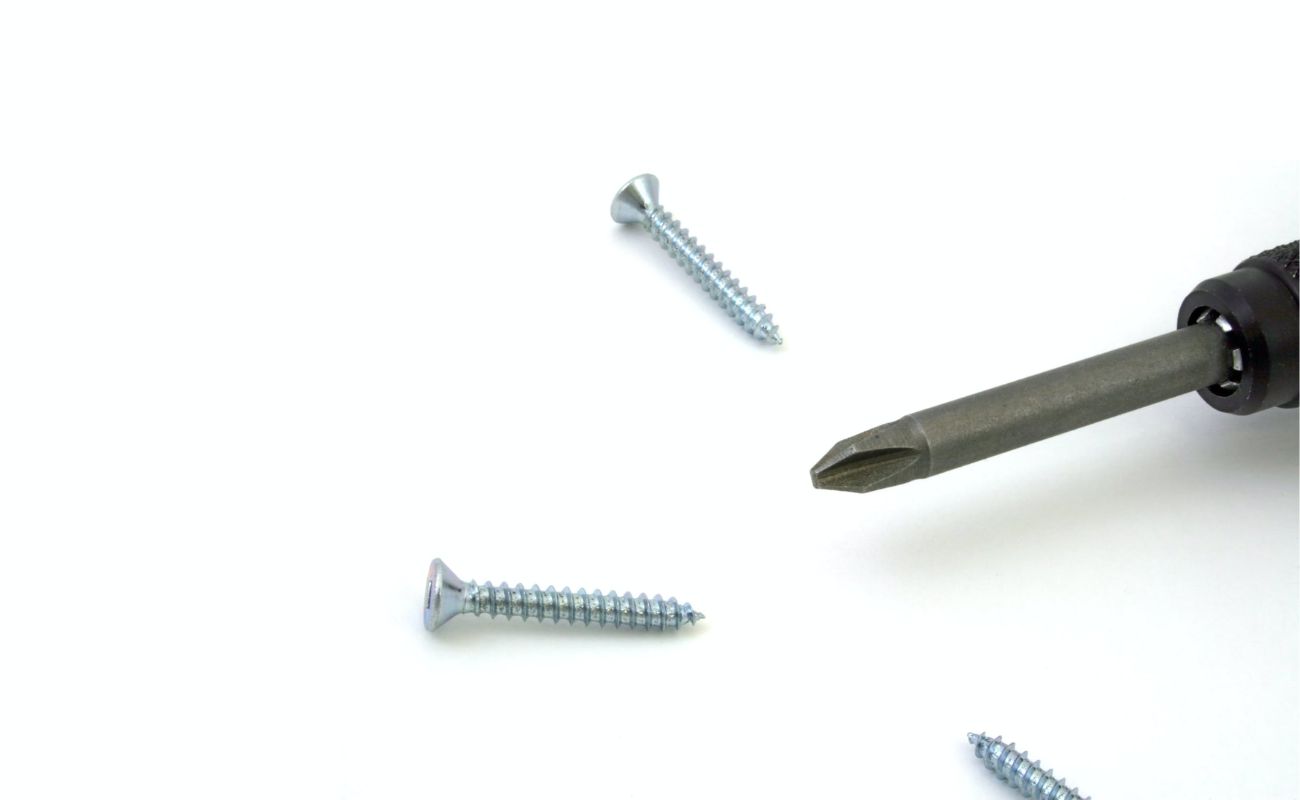

Tools & Equipment
How Do You Magnetize A Screwdriver
Modified: March 1, 2024
Learn how to magnetize a screwdriver and make your tools more versatile. Get the best tips and techniques for tools and equipment.
(Many of the links in this article redirect to a specific reviewed product. Your purchase of these products through affiliate links helps to generate commission for Storables.com, at no extra cost. Learn more)
Introduction
Welcome to the fascinating world of magnetism and tools! If you've ever wondered how to magnetize a screwdriver, you're in the right place. Magnetism is a powerful force that plays a crucial role in various aspects of our lives, including the functionality of everyday tools. A magnetized screwdriver can make tasks such as picking up small metal objects, holding screws in place, and aligning metal parts much easier. In this article, we will delve into the principles of magnetism, explore different methods for magnetizing a screwdriver, and discuss essential safety precautions. Whether you're a DIY enthusiast, a professional tradesperson, or simply someone curious about the wonders of magnetism, this guide will equip you with the knowledge to magnetize a screwdriver safely and effectively. Let's embark on this magnetic journey and uncover the secrets of magnetizing a screwdriver!
Key Takeaways:
- Magnetizing a screwdriver can be done using a magnet, electric current, or ferrous material, enhancing its utility for tasks involving ferromagnetic objects.
- Safety is crucial when magnetizing a screwdriver. Prioritize electrical safety, eye protection, and proper disposal of waste materials to ensure a hazard-free process.
Understanding Magnetism
Before diving into the methods for magnetizing a screwdriver, it's essential to grasp the fundamental principles of magnetism. At its core, magnetism is the force that causes certain materials to attract or repel each other. This phenomenon arises from the alignment of magnetic domains within a material, creating a magnetic field. These magnetic fields can interact with other magnetic fields, leading to the characteristic behaviors of attraction and repulsion.
Materials that exhibit strong magnetic properties, such as iron, nickel, and cobalt, are referred to as ferromagnetic materials. When these materials are exposed to a magnetic field, their atomic magnets align in the direction of the field, resulting in magnetization. On the other hand, materials like aluminum and copper are not easily magnetized and are considered non-magnetic or weakly magnetic.
Understanding the basics of magnetism sets the stage for exploring the various methods used to magnetize a screwdriver. By harnessing the principles of magnetism, we can unlock the potential to transform a regular screwdriver into a magnetic marvel, enhancing its utility for a wide range of tasks.
Methods for Magnetizing a Screwdriver
When it comes to magnetizing a screwdriver, several methods can be employed to imbue it with magnetic properties. Each technique leverages the principles of magnetism to induce magnetization in the screwdriver, allowing it to attract and hold ferromagnetic objects. Let’s explore three common methods for magnetizing a screwdriver:
- Using a Magnet: One of the simplest methods involves using a permanent magnet to magnetize a screwdriver. By stroking the magnet along the length of the screwdriver in a consistent direction, the magnetic domains within the metal align, resulting in magnetization. This method is quick and effective, making it a popular choice for DIY enthusiasts and professionals alike.
- Using an Electric Current: Another method involves passing an electric current through the metal shaft of the screwdriver. When an electric current flows through a conductor, it generates a magnetic field around the conductor. By carefully wrapping the screwdriver with insulated copper wire and passing a current through it, the screwdriver can be magnetized. This method requires caution and knowledge of electrical principles to ensure safety and effectiveness.
- Using a Ferrous Material: Utilizing the magnetic properties of a ferrous material is another approach to magnetizing a screwdriver. By rubbing the screwdriver against a strong magnet or a ferrous material, such as a piece of iron or steel, the magnetic domains within the screwdriver align, leading to magnetization. This method is straightforward and accessible, making it a practical choice for those without access to specialized equipment.
Each method offers its own set of advantages and considerations, and the choice of technique depends on the resources available and the desired level of magnetization. Whether you opt for the simplicity of using a permanent magnet, the precision of an electric current, or the accessibility of a ferrous material, the end result is a magnetized screwdriver ready to tackle a myriad of tasks with enhanced efficiency.
Using a Magnet
One of the most straightforward and accessible methods for magnetizing a screwdriver involves the use of a permanent magnet. This method harnesses the inherent magnetic properties of the magnet to induce magnetization in the screwdriver. Here’s a step-by-step guide to magnetizing a screwdriver using a magnet:
- Choose a Suitable Magnet: Select a permanent magnet with strong magnetic properties. This could be a bar magnet, a horseshoe magnet, or a neodymium magnet, known for its exceptional strength.
- Prepare the Screwdriver: Ensure that the screwdriver is clean and free of any debris or metal shavings that could interfere with the magnetization process. A clean surface allows for better contact between the magnet and the screwdriver.
- Stroke the Screwdriver: Hold the magnet firmly and stroke it along the length of the screwdriver, moving in one consistent direction from the base to the tip. Repeat this stroking motion multiple times to ensure thorough magnetization.
- Test the Magnetization: After magnetizing the screwdriver, test its magnetic properties by attempting to pick up small ferromagnetic objects, such as screws or nails. If the screwdriver attracts and holds these objects, it has been successfully magnetized.
Using a magnet to magnetize a screwdriver is a convenient and effective method, especially for individuals without access to specialized equipment. Whether you’re embarking on a DIY project or preparing for professional tasks, a magnetized screwdriver can significantly streamline the handling of metallic components, making it an invaluable addition to any toolkit.
To magnetize a screwdriver, rub a magnet along the metal shaft in one direction several times. This will align the metal’s atoms and create a magnetic field, making it easier to pick up small metal screws.
Using an Electric Current
Another method for magnetizing a screwdriver involves harnessing the principles of electromagnetism by passing an electric current through the metal shaft of the screwdriver. This method leverages the magnetic field generated by the flow of electricity to induce magnetization in the screwdriver. Here’s a step-by-step guide to magnetizing a screwdriver using an electric current:
- Prepare the Equipment: Ensure that you have a power source, insulated copper wire, and a power switch or control mechanism. Safety precautions should be a top priority when working with electricity.
- Wrap the Screwdriver: Carefully wrap the metal shaft of the screwdriver with insulated copper wire, ensuring that the wire is wound tightly and uniformly along the length of the shaft.
- Connect to the Power Source: Connect the ends of the wire to the power source, ensuring that the circuit is complete and the power can be controlled effectively. Exercise caution and adhere to electrical safety guidelines during this process.
- Pass the Current: Activate the power source to allow the electric current to flow through the wire wrapped around the screwdriver. The flow of current generates a magnetic field around the screwdriver, leading to magnetization.
- Test the Magnetization: After the magnetization process, test the screwdriver’s magnetic properties by attempting to pick up small ferromagnetic objects. If the screwdriver exhibits magnetic attraction and can hold these objects, it has been successfully magnetized using the electric current method.
Magnetizing a screwdriver using an electric current requires careful attention to safety protocols and electrical principles. This method is often utilized in industrial settings and workshops where precision magnetization is essential for specialized tasks. By leveraging the power of electromagnetism, a screwdriver can be transformed into a magnetic tool capable of enhancing efficiency and precision in various applications.
Read more: How Do You Know What Size Screwdriver To Use
Using a Ferrous Material
Utilizing a ferrous material to magnetize a screwdriver is a straightforward and accessible method that capitalizes on the magnetic properties of certain metals. By rubbing the screwdriver against a strong magnet or a ferrous material, the magnetic domains within the screwdriver align, leading to magnetization. Here’s a step-by-step guide to magnetizing a screwdriver using a ferrous material:
- Choose a Ferrous Material: Select a strong magnet or a piece of ferrous material, such as iron or steel, capable of inducing magnetization in the screwdriver.
- Prepare the Screwdriver: Ensure that the screwdriver is clean and free of any debris or metal shavings that could interfere with the magnetization process. A clean surface allows for better contact between the screwdriver and the ferrous material.
- Rub the Screwdriver: Hold the screwdriver and rub it against the magnet or ferrous material in a consistent motion, moving from the base to the tip. Repeat this rubbing motion multiple times to ensure thorough magnetization.
- Test the Magnetization: After magnetizing the screwdriver, test its magnetic properties by attempting to pick up small ferromagnetic objects, such as screws or nails. If the screwdriver attracts and holds these objects, it has been successfully magnetized using the ferrous material method.
The simplicity and accessibility of this method make it an attractive option for individuals who may not have access to specialized magnetization equipment. By leveraging the magnetic properties of ferrous materials, a regular screwdriver can be transformed into a magnetic tool, enhancing its versatility and utility in various tasks. Whether you’re working on DIY projects or professional endeavors, a magnetized screwdriver can be a valuable asset in your toolkit.
Safety Precautions
When magnetizing a screwdriver, it’s essential to prioritize safety to prevent accidents and ensure a smooth magnetization process. Whether you’re using a magnet, an electric current, or a ferrous material, adhering to safety precautions is crucial for a successful and hazard-free experience. Here are some important safety considerations to keep in mind:
- Electrical Safety: If you are utilizing an electric current to magnetize the screwdriver, exercise extreme caution when working with electricity. Ensure that the power source is properly controlled, and use insulated copper wire to minimize the risk of electric shock. If you’re not familiar with electrical work, consider seeking assistance from a qualified individual to ensure safety.
- Eye Protection: When handling magnets or ferrous materials, there is a risk of metal fragments or small objects becoming airborne. Wearing protective eyewear can safeguard your eyes from potential hazards during the magnetization process.
- Handling Magnets: If you are using a permanent magnet for magnetization, be mindful of the strong magnetic fields they produce. Keep magnets away from electronic devices, credit cards, and other magnetically sensitive items to avoid interference or damage. Additionally, exercise caution when handling powerful magnets to prevent pinching injuries or entrapment of fingers.
- Proper Disposal: When working with magnets or magnetized tools, ensure proper disposal of any waste materials, such as metal shavings or worn-out magnets. This helps maintain a clean and safe working environment while minimizing the risk of accidental injuries.
- General Tool Safety: Regardless of the magnetization method, always handle tools, including screwdrivers, with care and attention to prevent accidental cuts, punctures, or other injuries. Keep work areas organized and free of clutter to minimize the risk of accidents during the magnetization process.
By prioritizing safety and adhering to these precautions, you can create a secure and controlled environment for magnetizing a screwdriver. Whether you’re a DIY enthusiast or a professional tradesperson, a safety-focused approach ensures that the magnetization process is not only successful but also free from potential hazards and risks.
Conclusion
Congratulations! You’ve embarked on a magnetic journey and uncovered the secrets of magnetizing a screwdriver. From understanding the fundamental principles of magnetism to exploring various methods for magnetization, you’ve gained valuable insights into the transformative power of magnetism in the realm of tools and equipment.
Whether you opt for the simplicity of using a permanent magnet, the precision of an electric current, or the accessibility of a ferrous material, each method offers a unique approach to imbuing a screwdriver with magnetic properties. The magnetized screwdriver, once a regular tool, now possesses the ability to attract and hold ferromagnetic objects, significantly enhancing its utility in a myriad of tasks.
As you venture into the world of magnetized tools, remember the importance of safety precautions, especially when working with electricity, magnets, and ferrous materials. By prioritizing safety, you can ensure a hazard-free and successful magnetization process, creating a secure environment for transforming ordinary tools into magnetic marvels.
Whether you’re tackling DIY projects, performing intricate repairs, or engaging in professional tasks, a magnetized screwdriver can be a valuable asset in your toolkit, streamlining tasks and enhancing efficiency. Embrace the wonders of magnetism, and let your magnetized screwdriver become a reliable companion in your endeavors, magnetically attracting success and precision in every turn of the screw.
Now that you’ve mastered the art of magnetizing a screwdriver, you’re equipped with the knowledge to harness the captivating forces of magnetism and elevate your tool-handling capabilities. Embrace the magnetic allure, and may your magnetized screwdriver serve as a testament to the remarkable fusion of science and practicality in the world of tools and equipment.
Frequently Asked Questions about How Do You Magnetize A Screwdriver
Was this page helpful?
At Storables.com, we guarantee accurate and reliable information. Our content, validated by Expert Board Contributors, is crafted following stringent Editorial Policies. We're committed to providing you with well-researched, expert-backed insights for all your informational needs.
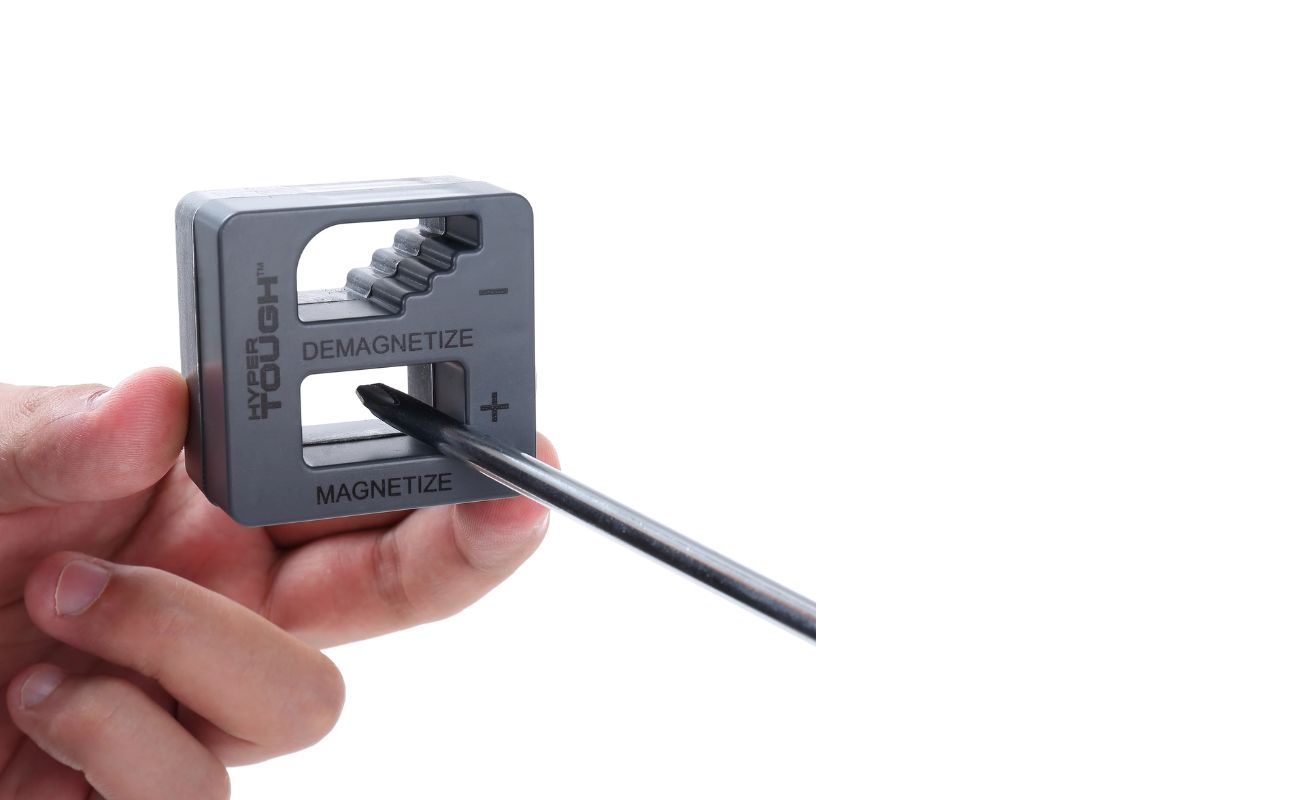
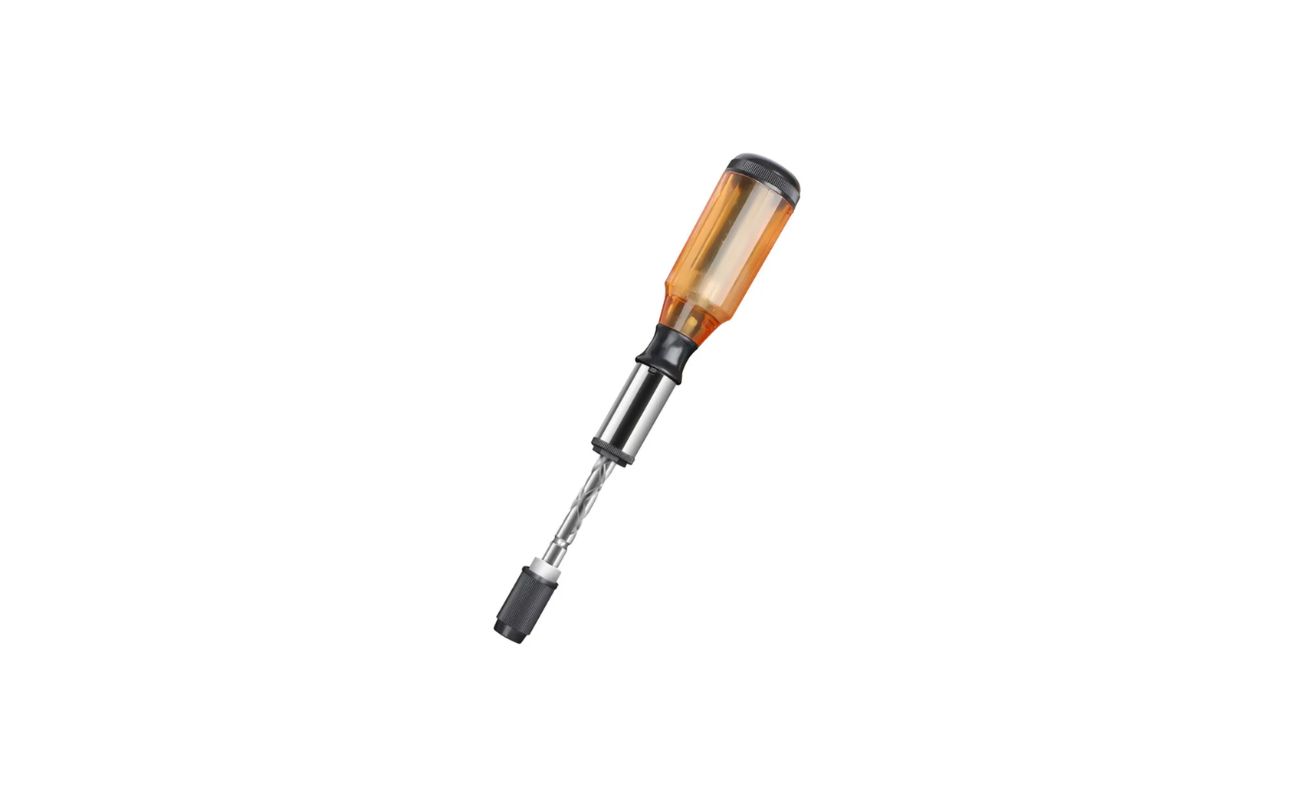
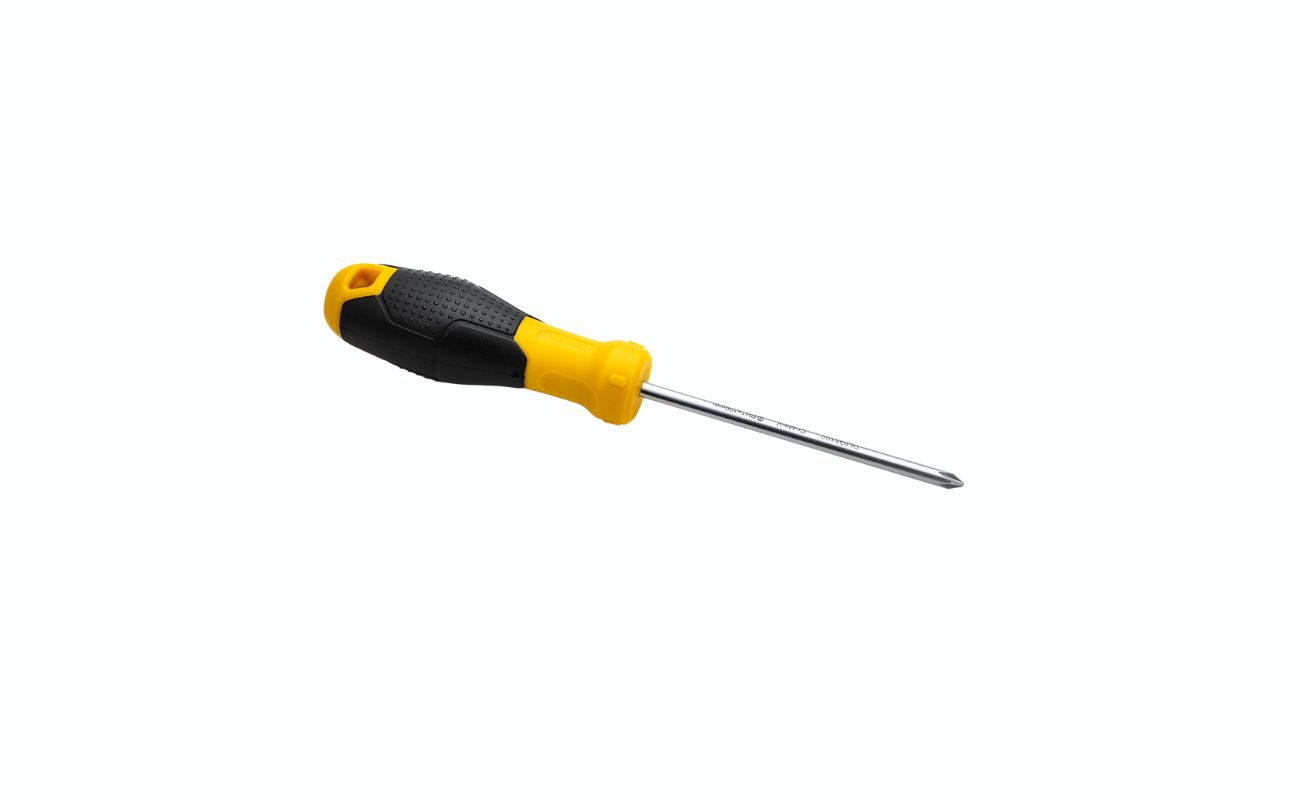
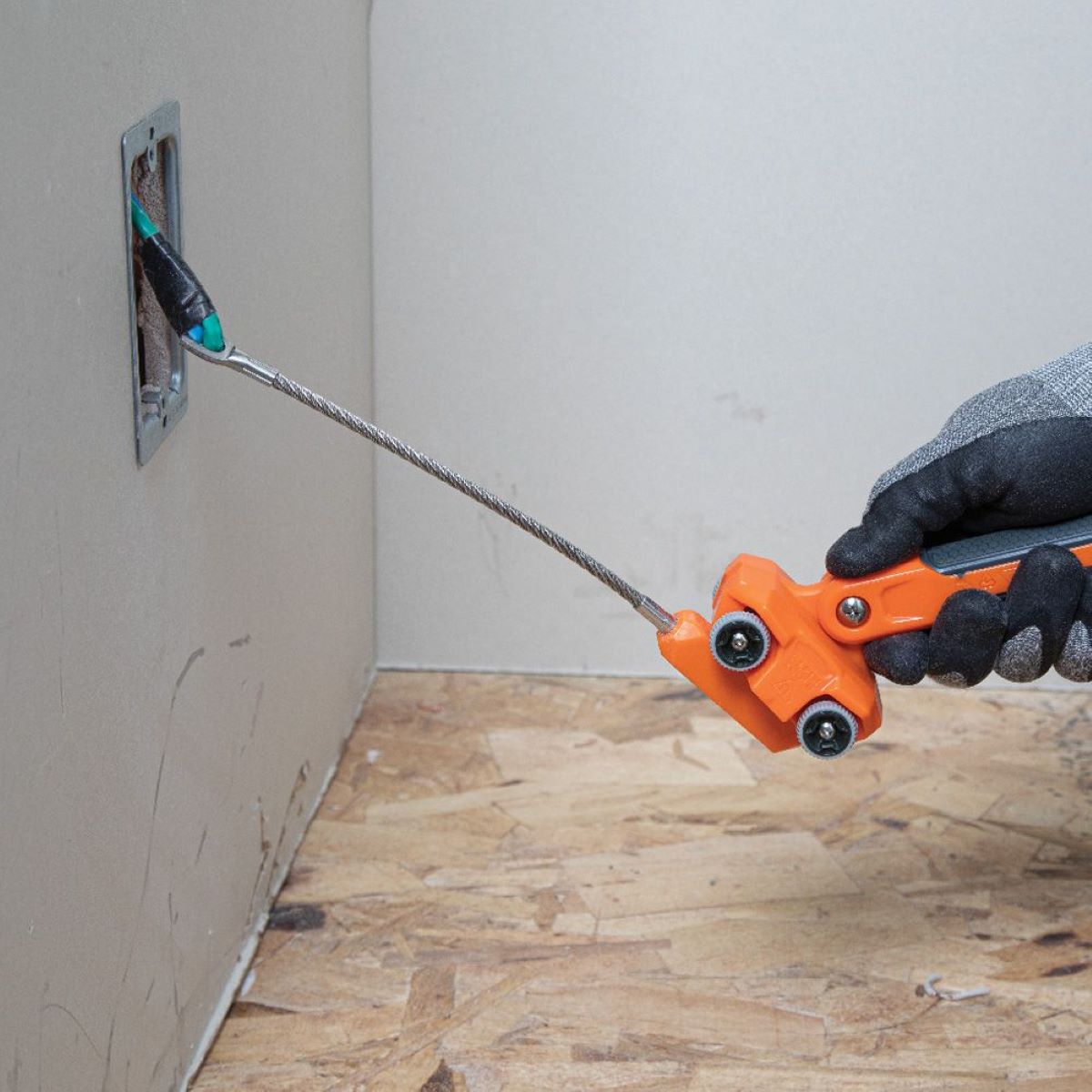
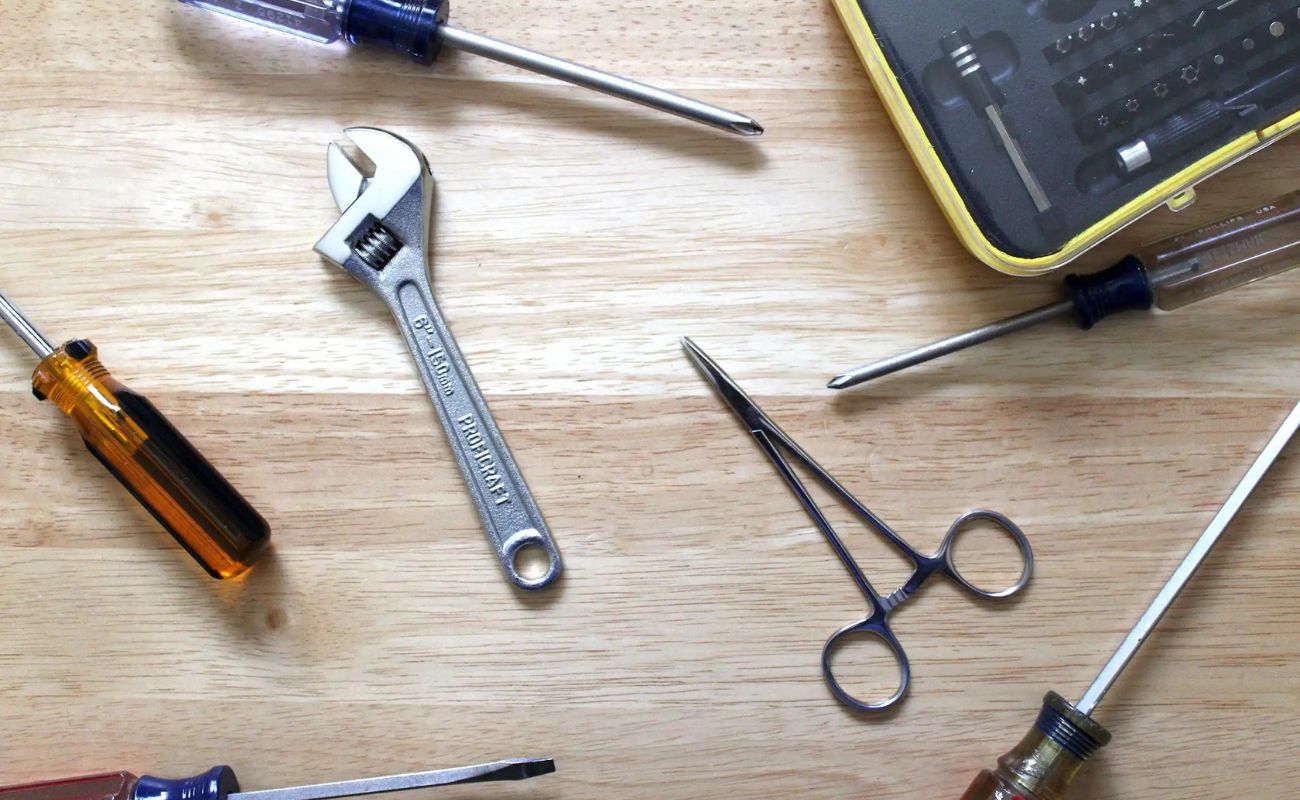
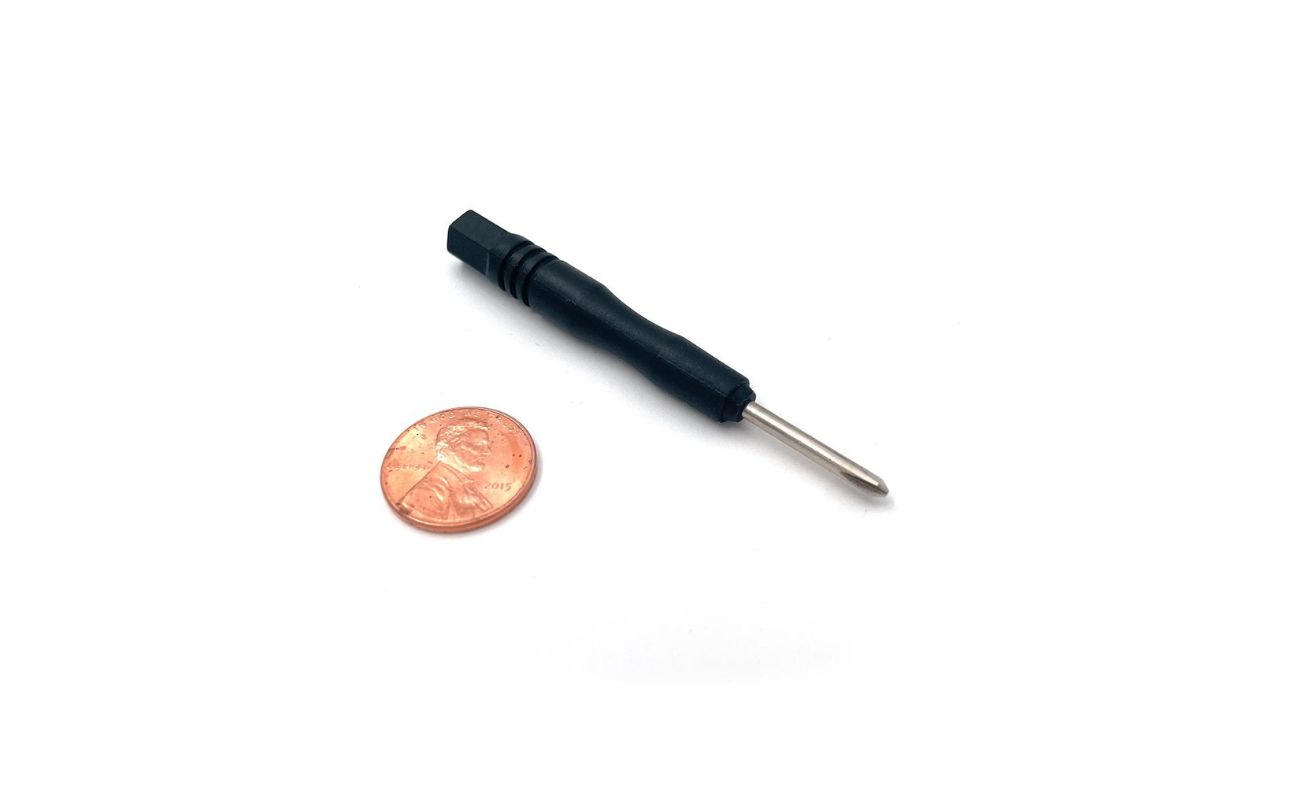
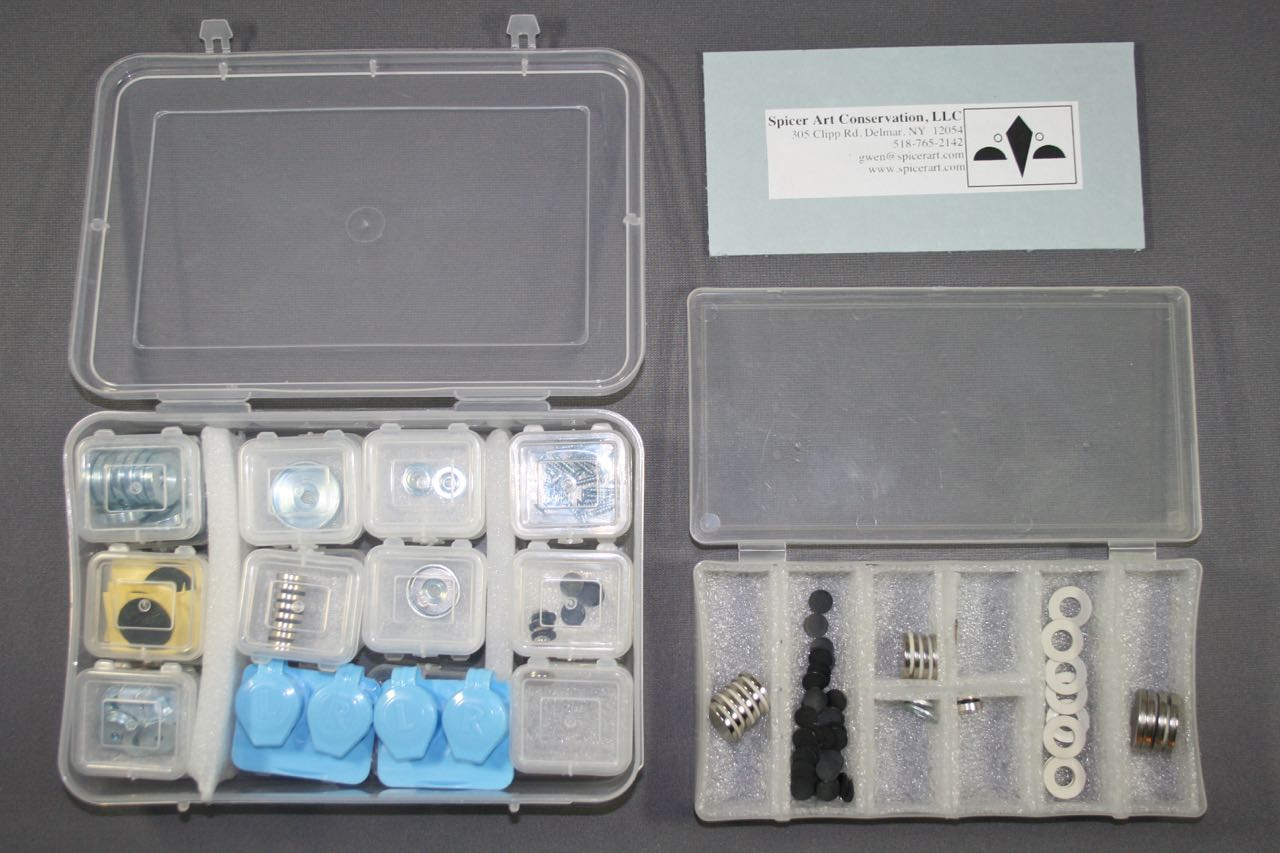
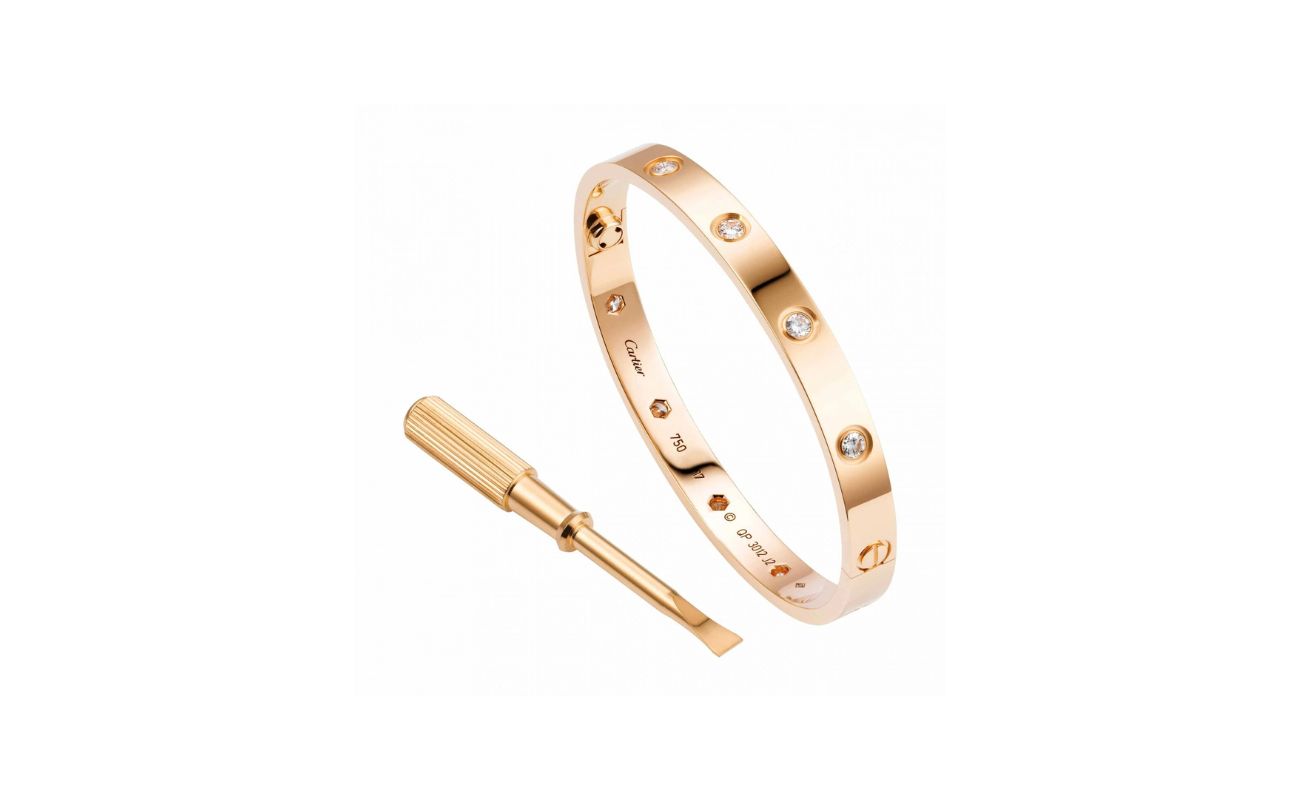
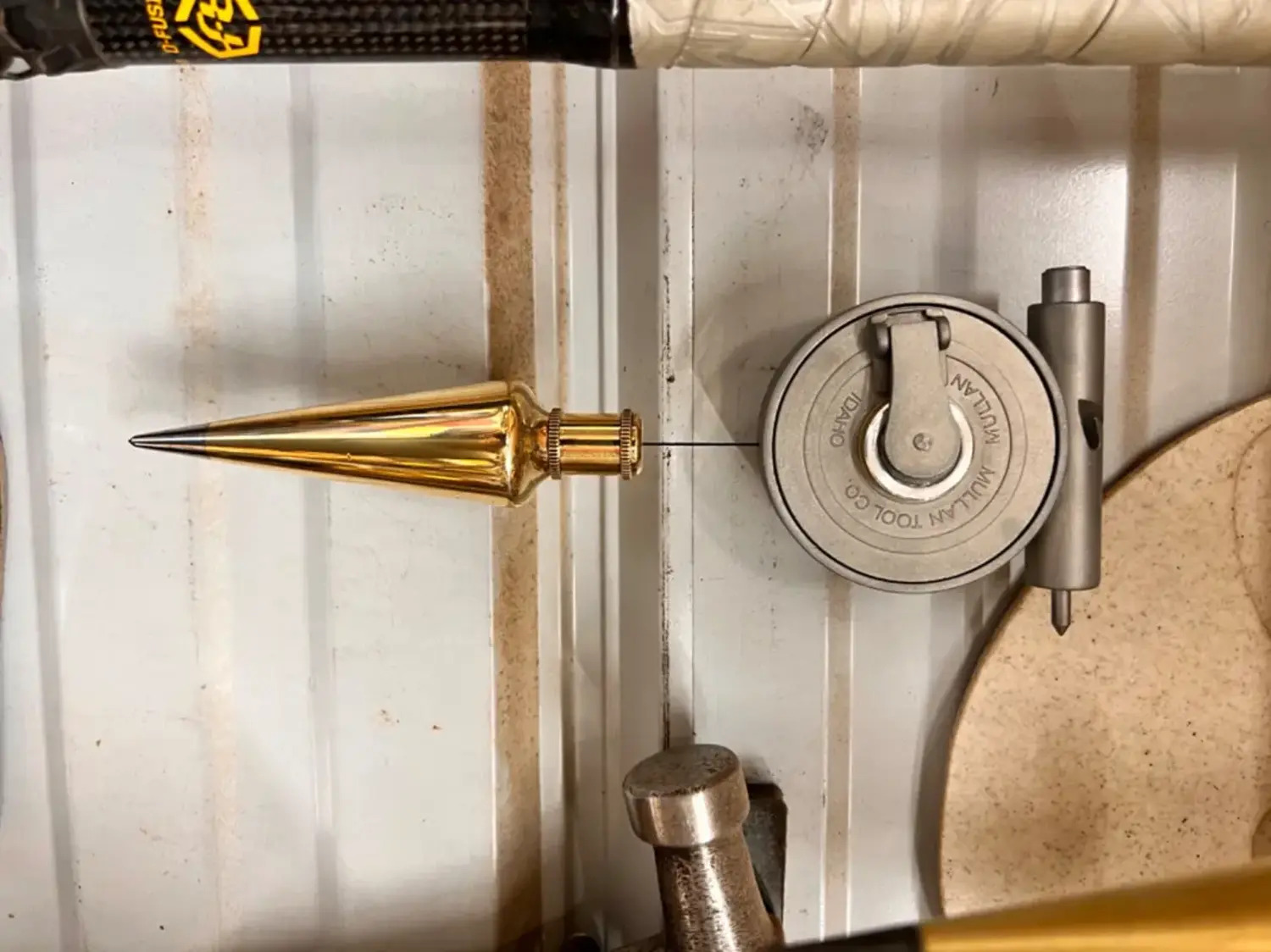

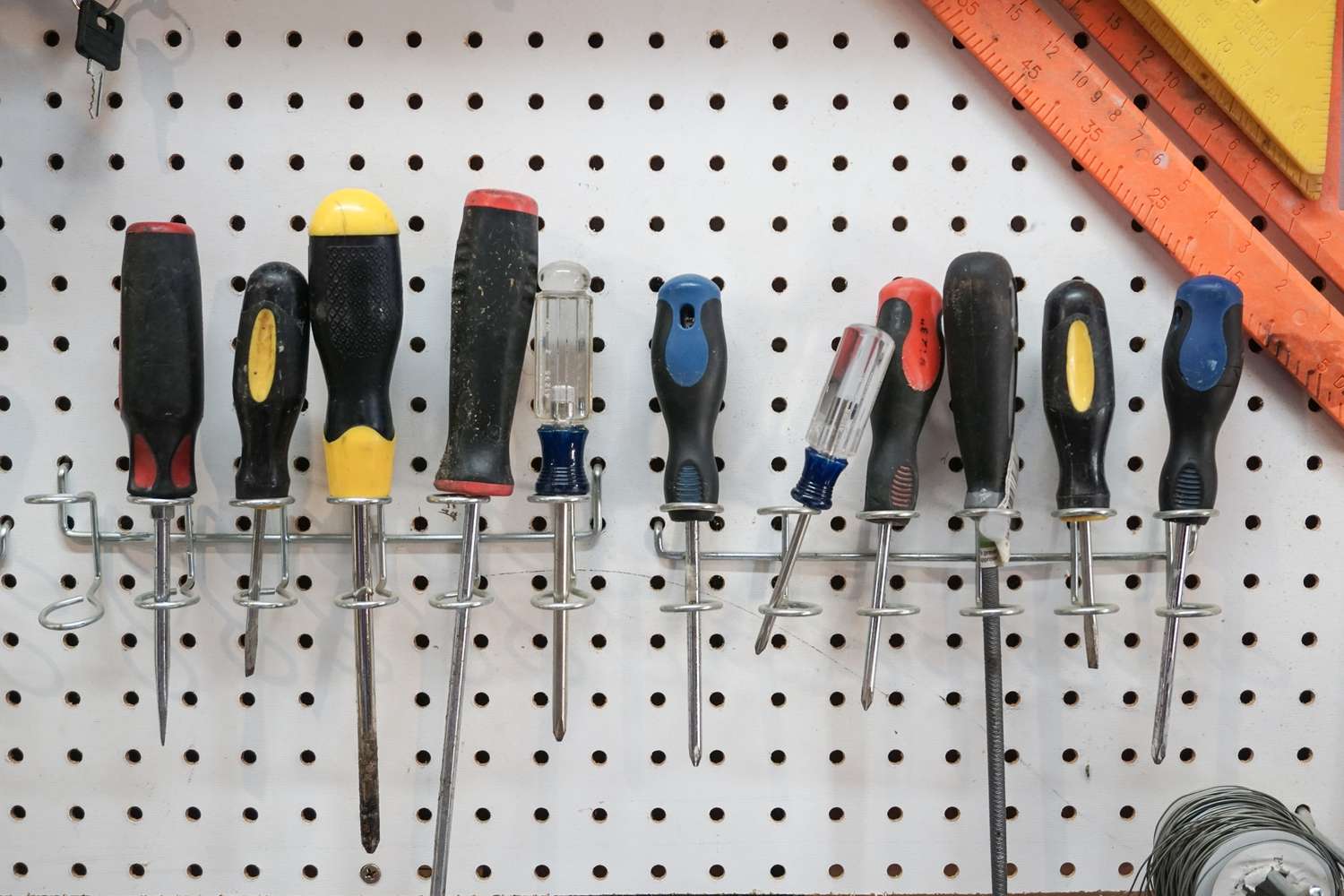
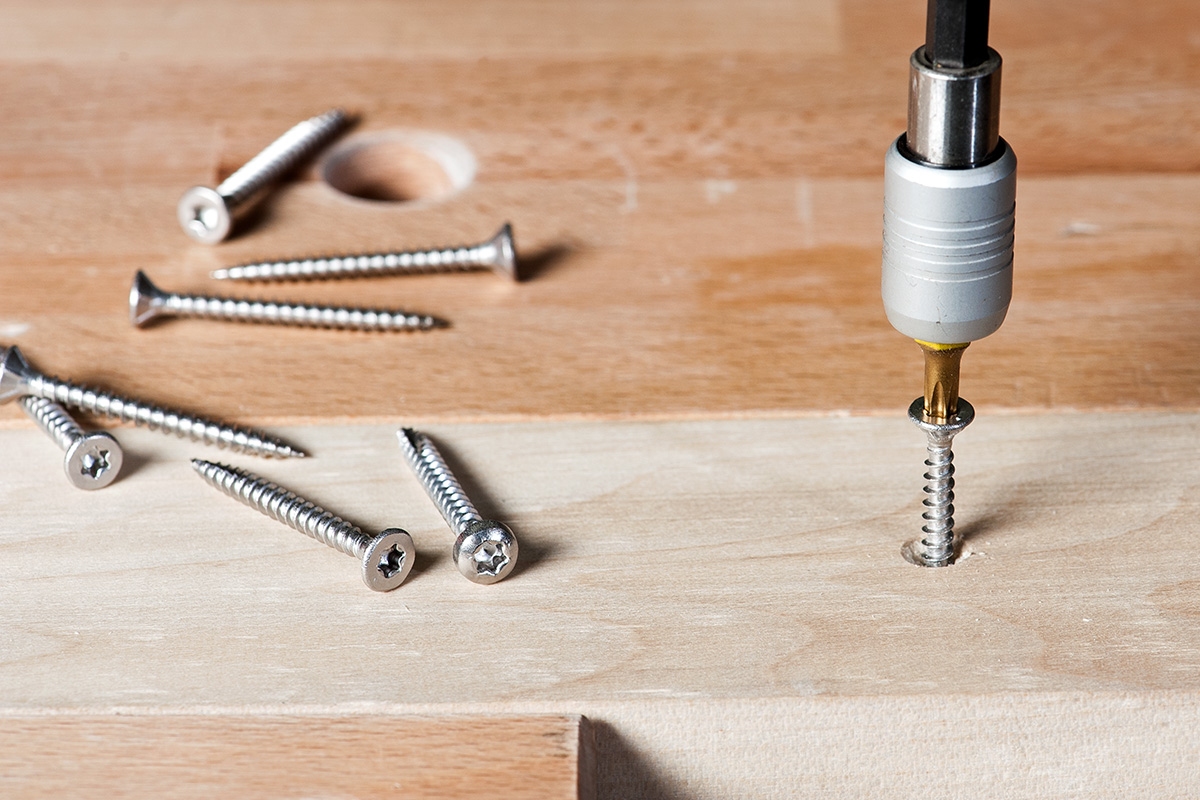
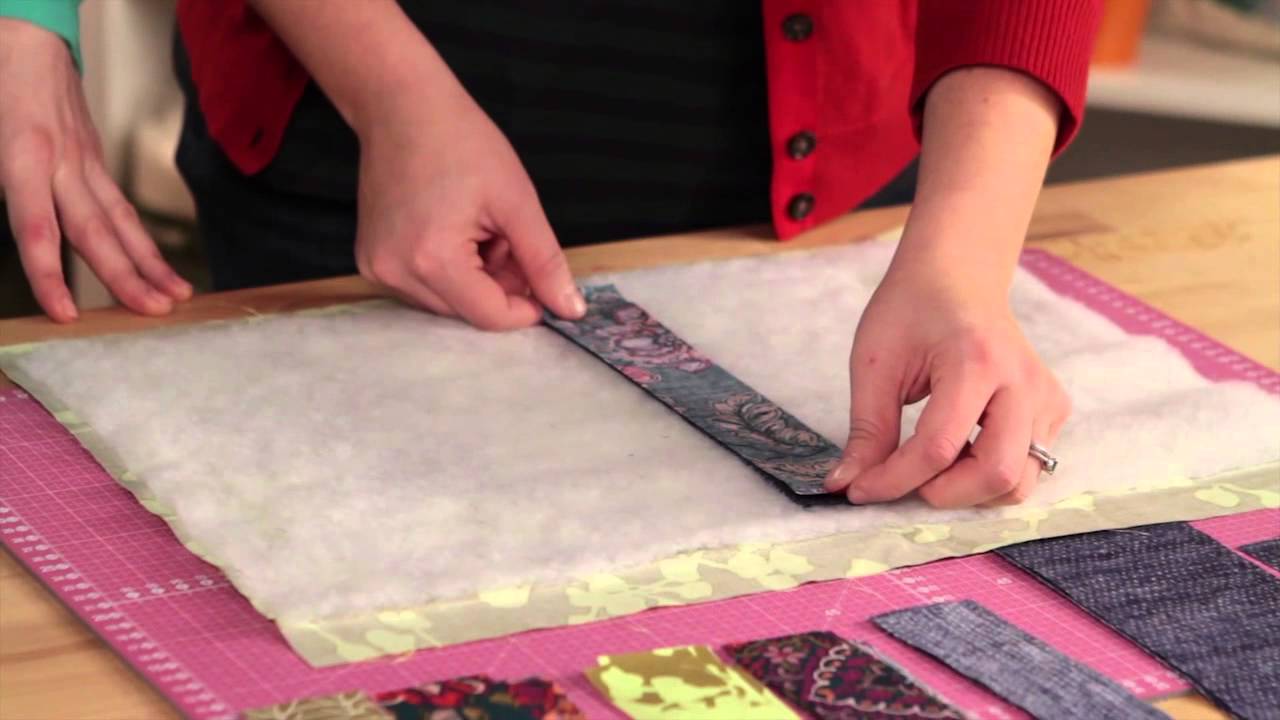


0 thoughts on “How Do You Magnetize A Screwdriver”